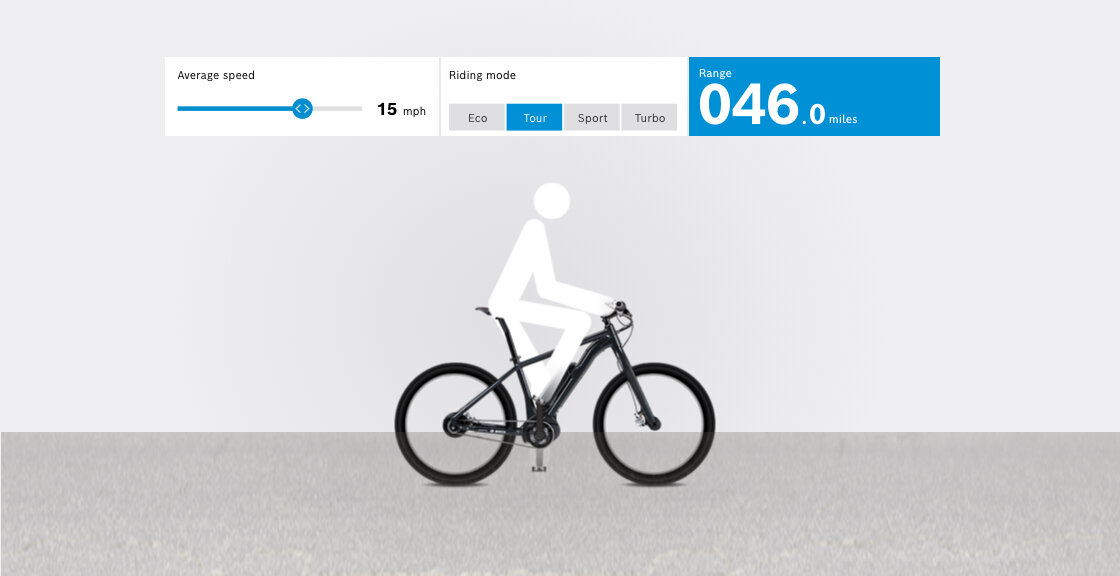On the Water | | | | On LNS |
|---|
Force | Wind
(Knots) | WMO
Classification | Appearance of Wind Effects | |
|---|
0 | Less than 1 | Calm | Sea surface smooth and mirror-like | Calm, smoke rises vertically |
1 | 1-3 | Light Air | Scaly ripples, no foam crests | Smoke drift indicates wind direction, still wind vanes |
2 | 4-6 | Light Breeze | Small wavelets, crests glassy, no breaking | Wind felt on face, leaves rustle, vanes begin to move |
3 | 7-10 | Gentle Breeze | Large wavelets, crests begin to break, scattered whitecaps | Leaves and small twigs constantly moving, light flags extended |
4 | 11-16 | Moderate Breeze | Small waves 1-4 ft. becoming longer, numerous whitecaps | Dust, leaves, and loose paper lifted, small tree branches move |
5 | 17-21 | Fresh Breeze | Moderate waves 4-8 ft taking longer form, many whitecaps, some spray | Small trees in leaf begin to sway |
6 | 22-27 | Strong Breeze | Larger waves 8-13 ft, whitecaps common, more spray | Larger tree branches moving, whistling in wires |
7 | 28-33 | Near Gale | Sea heaps up, waves 13-19 ft, white foam streaks off breakers | Whole trees moving, resistance felt walking against wind |
8 | 34-40 | Gale | Moderately high (18-25 ft) waves of greater length, edges of crests begin to break into spindrift, foam blown in streaks | Twigs breaking off trees, generally impedes progress |
9 | 41-47 | Strong Gale | High waves (23-32 ft), sea begins to roll, dense streaks of foam, spray may reduce visibility | Slight structural damage occurs, slate blows off roofs |
10 | 48-55 | Storm | Very high waves (29-41 ft) with overhanging crests, sea white with densely blown foam, heavy rolling, lowered visibility | Seldom experienced on land, trees broken or uprooted, "considerable structural damage" |
11 | 56-63 | Violent Storm | Exceptionally high (37-52 ft) waves, foam patches cover sea, visibility more reduced | |
12 | 64+ | Hurricane | Air filled with foam, waves over 45 ft, sea completely white with driving spray, visibility greatly reduced | |
